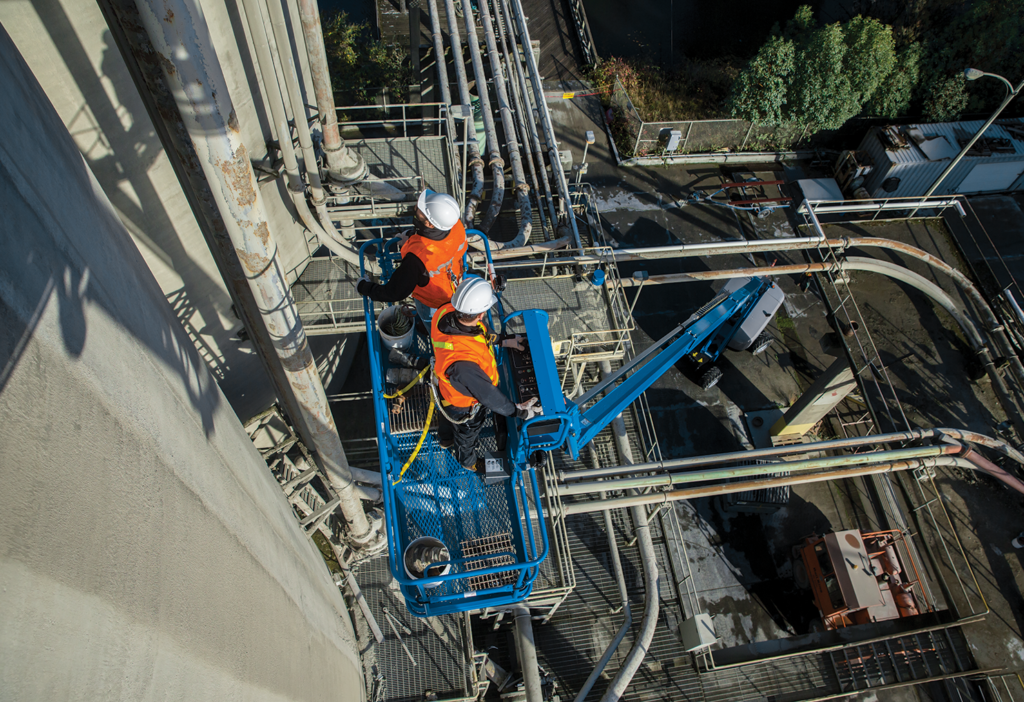Superior Rentals Contact: best ways to connect
Everything About Oil Field Equipment and Pipeline Equipment: Key Insights and Necessary Info
Oil field equipment and pipeline systems play a critical role in the oil and gas sector. They are important for the reliable extraction and transportation of hydrocarbons. Secret parts, such as drilling rigs and tank, directly effect functional success. Improvements in innovation assurance to enhance safety and effectiveness. Comprehending these aspects is essential for any person involved in or curious about this complicated industry, as it sets the phase for much deeper exploration of sector techniques.

Review of Oil Field Equipment
As the need for oil remains to expand, understanding the equipment used in oil areas ends up being increasingly crucial. Oil field equipment incorporates a wide variety of machinery and tools essential for expedition, removal, and processing. Trick parts include piercing rigs, which are critical for reaching oil storage tanks, and manufacturing tools, such as separators and pumps, that promote the removal procedure. Superior Oilfield pipeline equipment rentals. In addition, storage space containers play a significant duty in holding petroleum before transportation. Safety and security tools, consisting of blowout preventers and stress evaluates, guarantees functional safety and performance. Each tool functions cohesively to enhance production and keep reliable workflow. Experience with this equipment is very important for experts in the sector to ensure effective operations and adherence to safety criteria
Kinds of Drilling Rigs and Their Applications
Drilling rigs act as the backbone of oil extraction procedures, with various types developed for specific geological conditions and functional requirements. The most typical types consist of rotating exploration rigs, which utilize a rotating drill bit to pass through the planet, and cord device rigs, known for their percussion boring approach. For offshore operations, jack-up rigs and semi-submersible rigs give security and assistance in marine settings. Additionally, directional exploration rigs make it possible for operators to pierce at angles, reaching down payments that are not up and down available. Each gear type has distinct advantages, optimizing efficiency and security based on the exploration setting. Picking the proper rig is crucial for optimizing resource extraction while reducing ecological impact and functional expenses.

Vital Pipeline Equipment and Their Functions
Pipeline facilities is important for the transportation of oil and gas from removal websites to refining centers and end-users. Various essential devices components promote this process. Pipes themselves work as the main avenues, made to hold up against high pressure and corrosive materials. Pump terminals are vital for maintaining flow by boosting pressure along the pipeline. Valves play a vital duty in controlling circulation and separating areas for upkeep. Additionally, installations and adapters ensure protected joints in between pipe sections. Checking systems, including circulation meters and pressure sensors, are crucial for finding leaks and maximizing circulation prices. Pigging tools is employed for upkeep and cleaning, guarding pipeline honesty and effectiveness. Together, these parts form the foundation of a reliable pipeline system.
Developments and Technologies in Oil and Gas Equipment

Security and Maintenance Practices in the Oil Industry
While the oil market has actually made considerable strides in technology and efficiency, the value of robust security and upkeep methods can not be overemphasized. Reliable safety protocols are vital to shield workers and the environment, fix a leak plumbing reducing the threat of mishaps and spills. Routine examinations and upkeep of tools aid recognize possible problems prior to they escalate, ensuring functional stability. Training programs for staff members are important, highlighting the significance of safety awareness and emergency situation action treatments. Furthermore, adherence to market policies and standards cultivates a culture of security. Implementing innovative surveillance innovations can additionally enhance maintenance practices, allowing for real-time analyses of equipment conditions. Inevitably, focusing on safety and maintenance is integral to the sustainability and success of the oil sector.
Regularly Asked Concerns
What Are the Ecological Effects of Oil Field Equipment?
The ecological impacts of oil field equipment consist of environment damage, water contamination, and air pollution (Superior Oilfield Rentals Texas). Furthermore, tools breakdown can lead to spills, detrimentally influencing wild animals and imp source environments, highlighting the requirement for stringent policies and surveillance
Exactly How Is Oil Field Equipment Delivered to Remote Locations?
Carrying oil field equipment to remote areas often involves customized cars, helicopters, or barges. Logistics firms coordinate paths, making sure tools arrives securely and successfully, thinking about surface and ease of access to lessen delays and make the most of productivity.
What Regulative Specifications Govern Oil Field Equipment?
Regulatory criteria governing oil field equipment largely consist of security, environmental management, and operational effectiveness standards. Agencies such as OSHA and EPA impose these laws to ensure risk-free techniques and minimize ecological effect in oil removal procedures.
What Skills Are Required to Run Oil Field Equipment?

How Do Oil Rates Impact Equipment Need and Use?
Oil costs considerably affect tools demand and use. Greater costs commonly lead to enhanced exploration and manufacturing activities, driving demand for machinery. Conversely, reduced costs might result in minimized procedures and decreased demand for equipment.